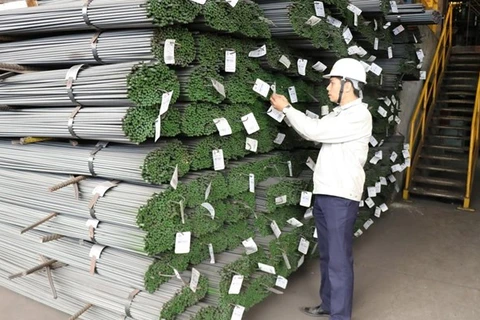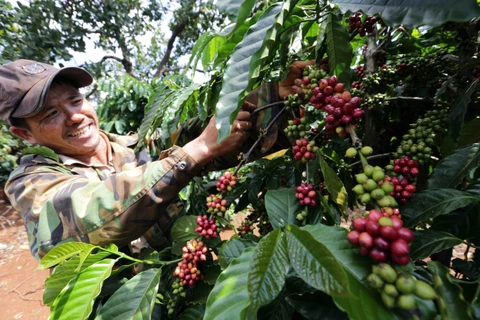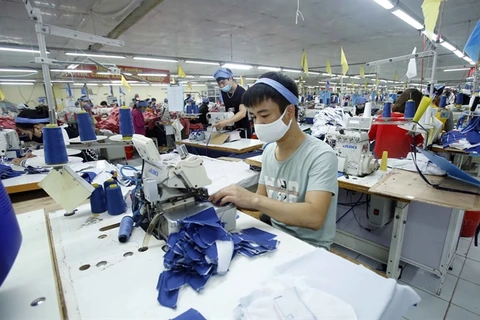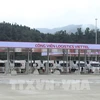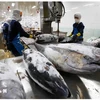Hanoi (VNA) — Although the market has not fully recovered, footwear and handbags export turnover is expected to return to growth in the fourth quarter of this year during the year-end shopping rush in European and American countries.
A report from the Ministry of Industry and Trade said after a sharp decline in the second quarter, orders of businesses in the footwear industry started gradually recovering from the third quarter of this year.
Some businesses in the leather and footwear sector have secured orders until the end of the year and started recruiting workers again.
However, purchasing power is still weak as the main import markets for Vietnamese leather and footwear products are still being affected by the COVID-19 pandemic. Therefore, importers are still cautious, resulting in smaller orders.
After more than two months implementing the EU-Việt Nam Free Trade Agreement (EVFTA), footwear is a commodity in the list of Vietnam’s exports with positive changes.
The trade agreement will be a big driver for the growth of the footwear and handbag industry in the remaining months of this year and the next.
Leather footwear production is estimated at 31 million pairs last month, up 5.3 percent month-on-month and 11.8 percent year-on-year.
Generally, leather footwear production is estimated at 249.1 million pairs in the past 10 months of the year, up 0.8 percent year-on-year.
Footwear export turnover of all kinds in 10 months was estimated at 13.38 billion USD, down 9.9 percent over the same period last year.
This year has been particularly difficult for the Vietnamese textile and garment industry with many complicated and unpredictable market fluctuations.
Textiles and garments has been one of the industries with the greatest direct losses from the pandemic, along with tourism, aviation, and footwear.
Demand slowed due to COVID-19 when consumers around the world focused on essential products and disease prevention.
Facing this situation, Vietnamese textile and garment enterprises have switched to labour protection products, knitwear and traditional shirts to maintain production and business activities.
Textile enterprises need new measures to change the mode of production and business to suit the new situation, and at the same time exploit and expand the domestic market, according to experts.
Experts also advised businesses to link with customers to form a production chain, meeting rules of origin as committed in free trade deals./.


